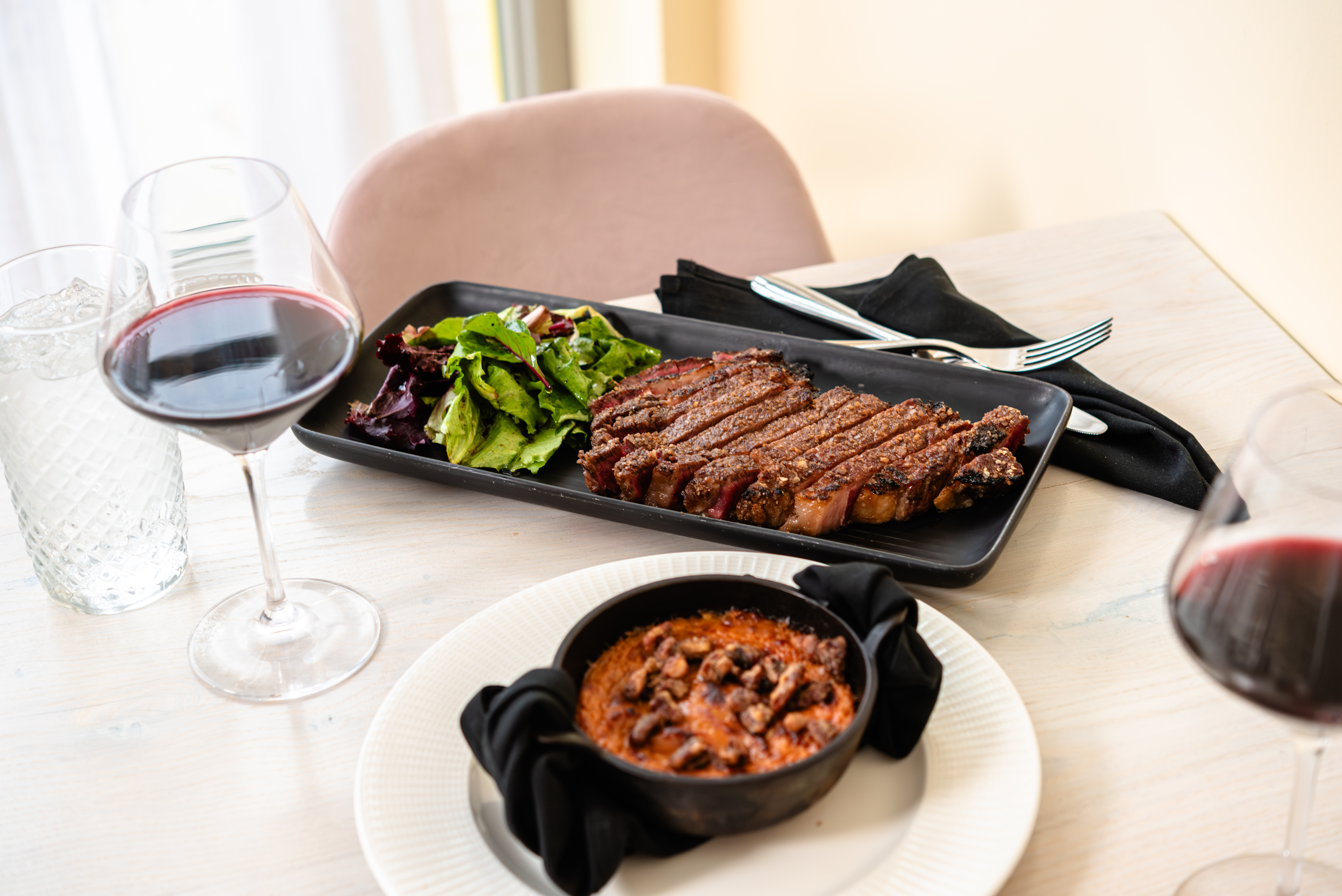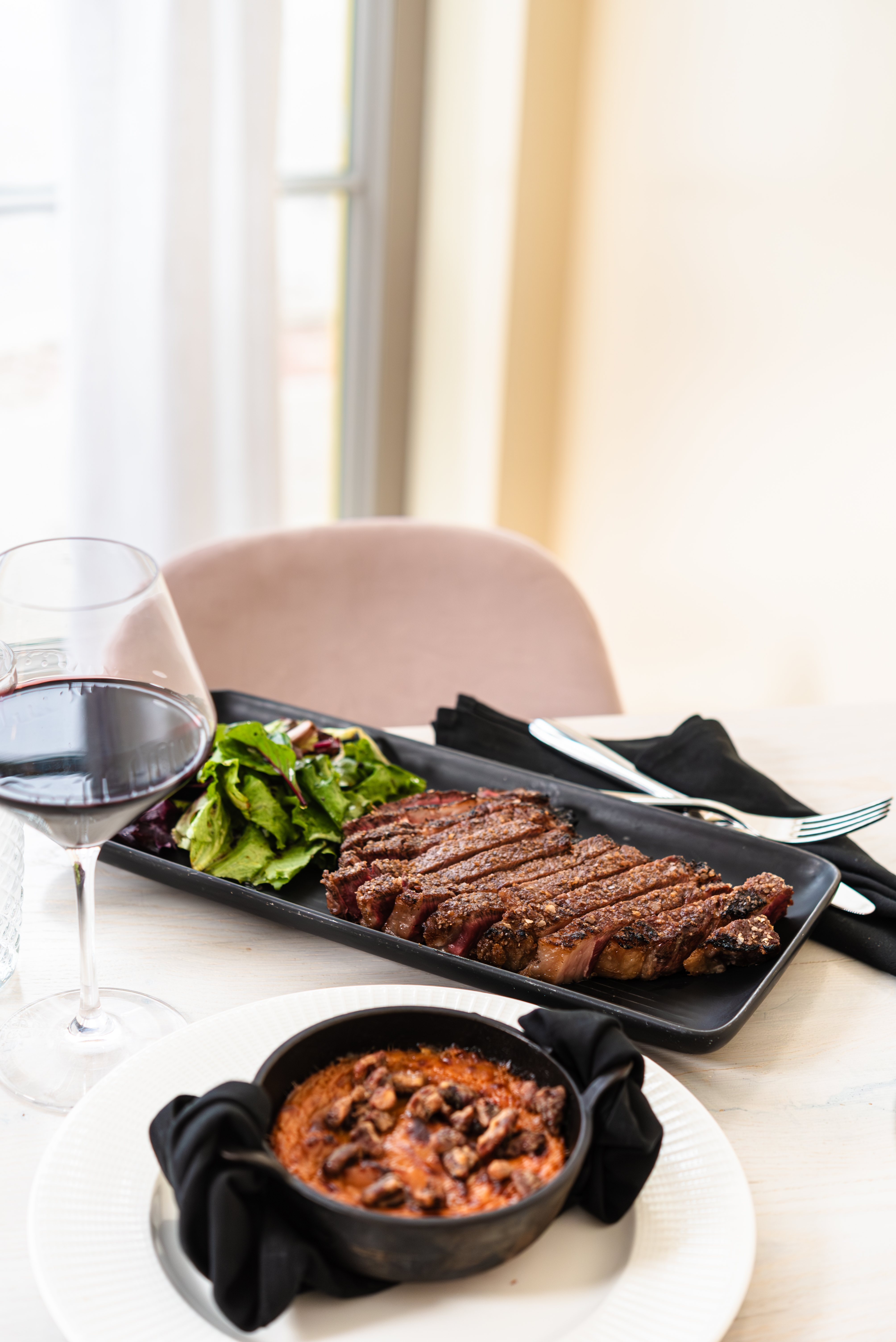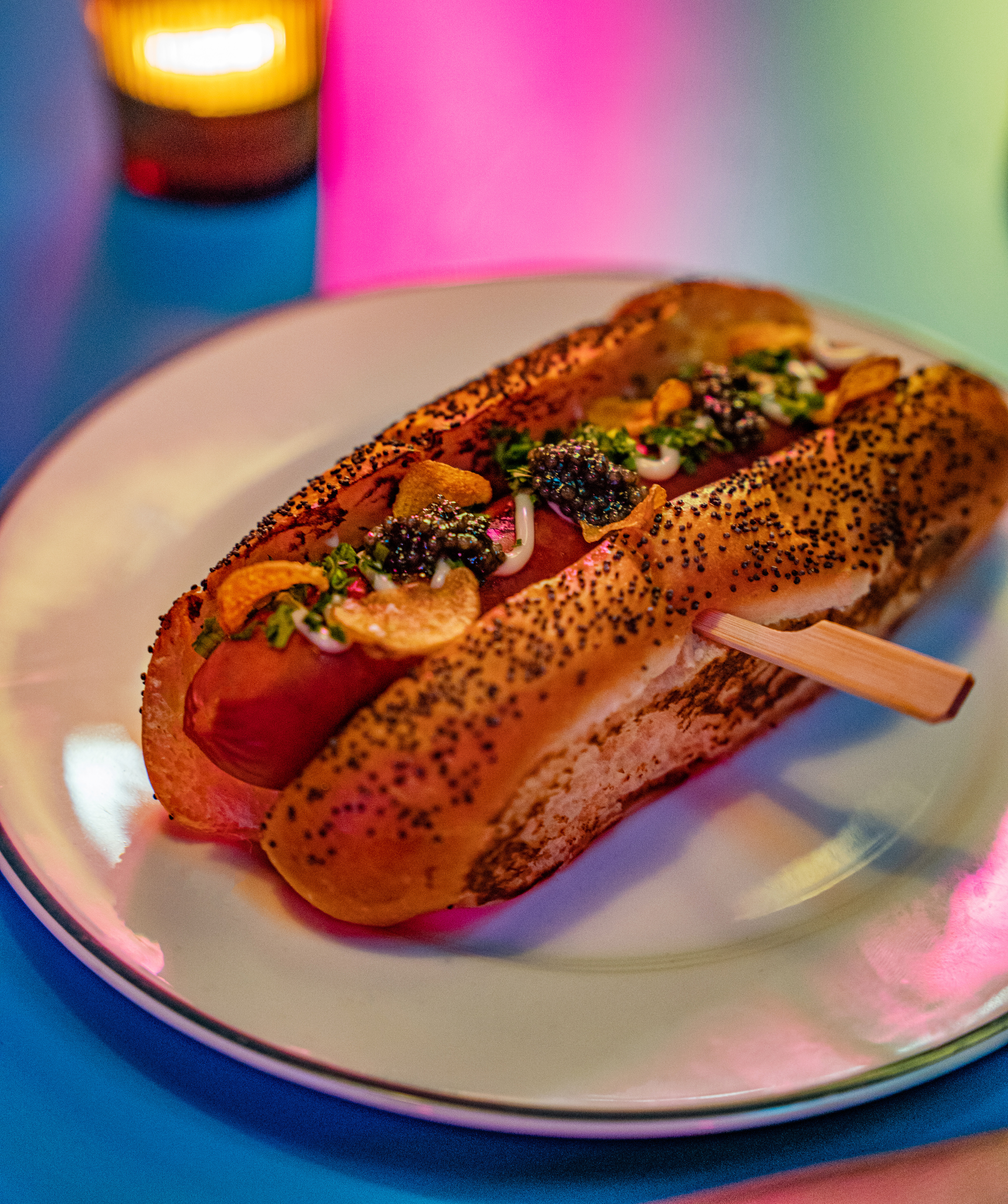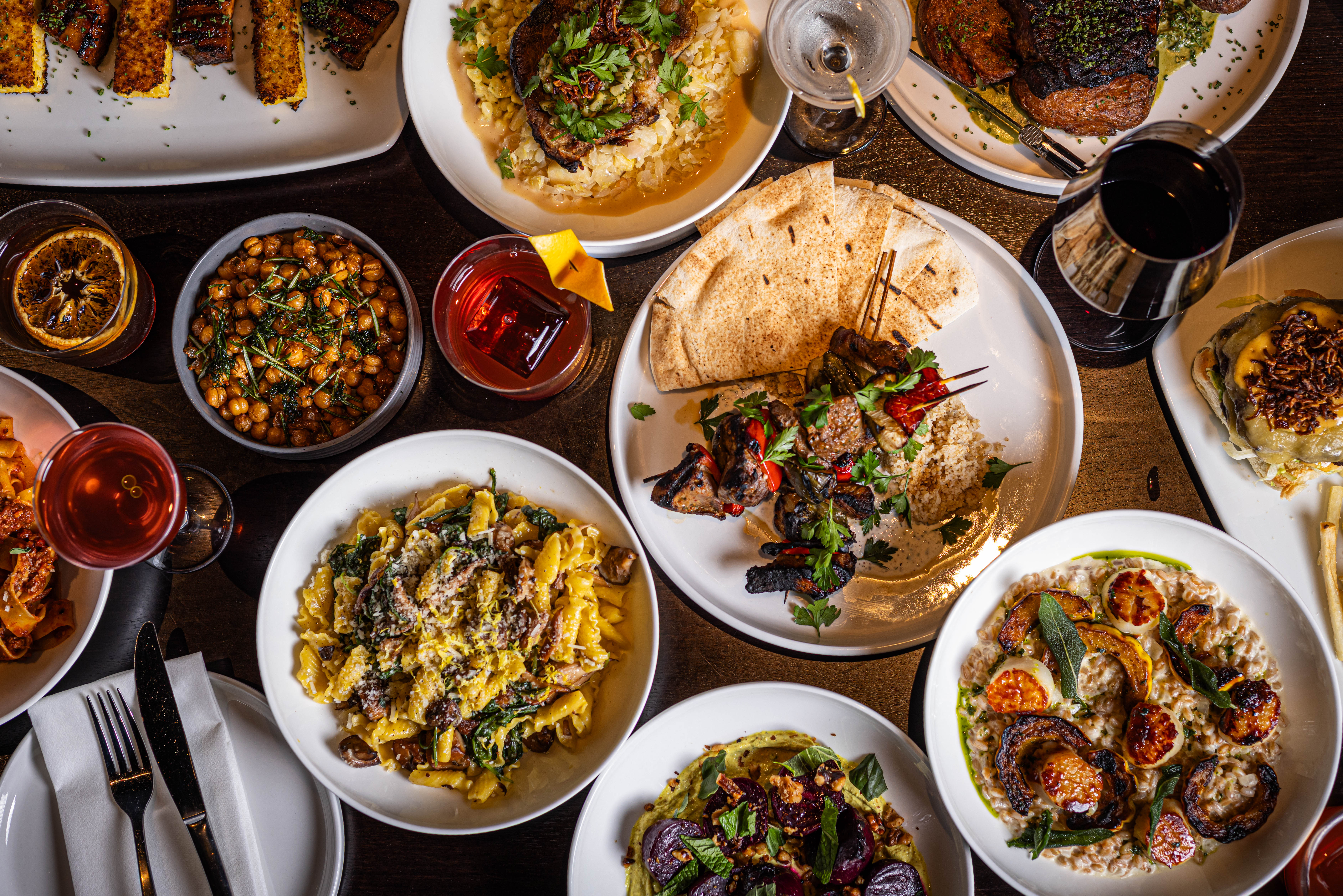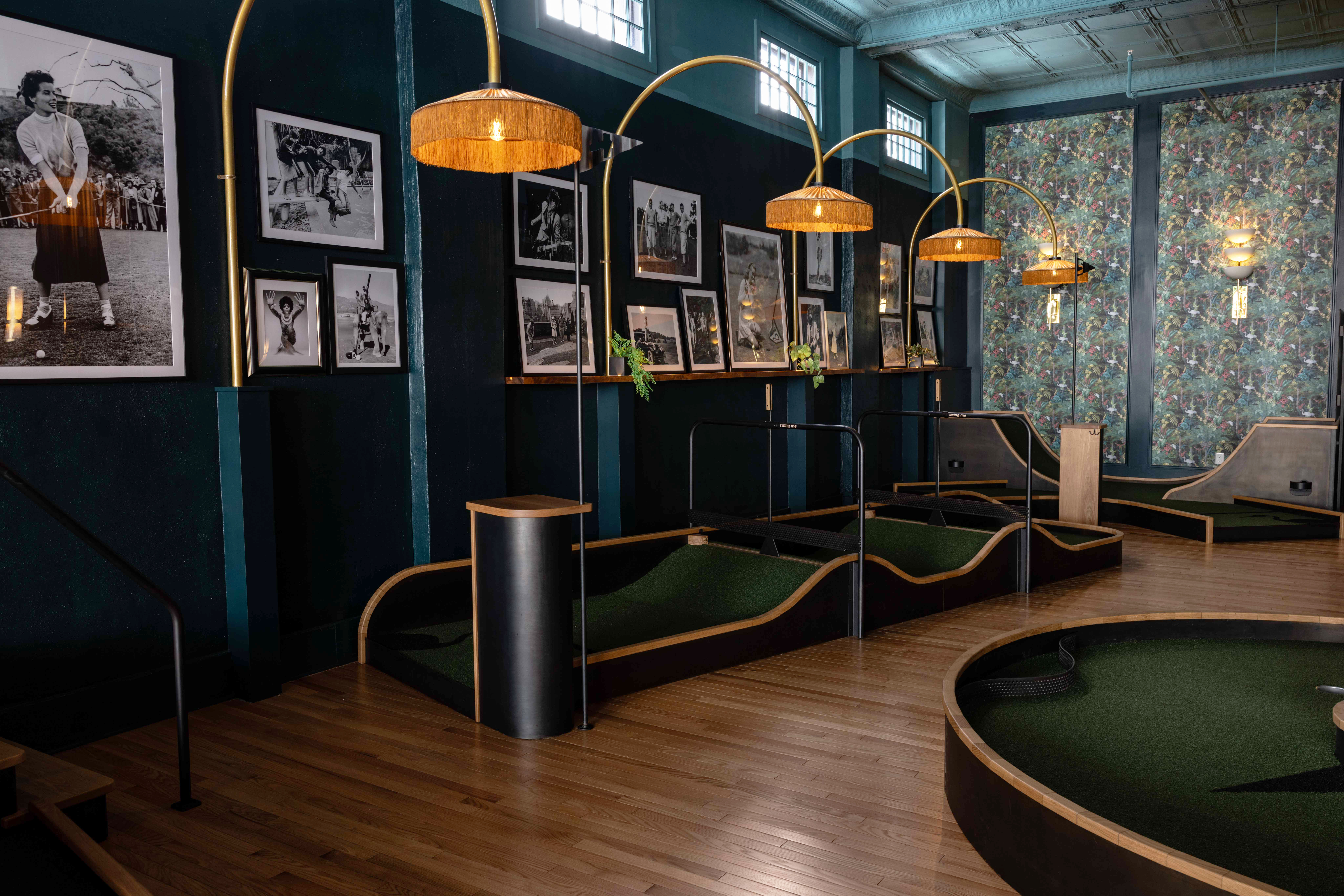Salmon en papillote with vegetables and olives
by Carla Snyder | Aug. 24, 2005 | 4:00 AM
Any cooking teacher worth her salt will tell you that in the culinary domain, technique is king. Because a technique is a method of cooking that can be applied to many different kinds of food, it doesn’t matter whether you are sautéing a chicken breast or an escalope of veal; the method is the same. When you learn a cooking technique, it’s like getting 20 different recipes at one time.
Cooking en papillote (ahn pa-pee-yoht) is an old French technique worth updating for today’s kitchen. Food is enclosed in a sealed pouch and essentially steamed. The moist heat is perfect for fish and other lean proteins because it keeps them from drying out while cooking. The result is a dish good enough for company, but easy and fast enough for weeknight meals.
Individual portions of fish and vegetables cooking together create a marriage of flavors inside the package. The presentation is chic when parchment paper is used, but foil also works well. It can be a little tricky for first timers to fold and tightly seal the paper but once you get the hang of it, it’s easy. If all else fails, use a few paper clips. Really. |!|
Fish and seafood benefit from quick cooking in the steamy environment of the parchment paper package. With the addition of the vegetable “salad,” dinner is literally in the bag.
1 small zucchini, trimmed and thinly sliced
1 small red bell pepper, trimmed and thinly sliced
1 small fennel bulb, quartered, cored and very thinly sliced
8 kalamata olives, pitted and chopped
2 tablespoons extra virgin olive oil
2 tablespoons flat leaf parsley, minced
2 teaspoons capers, rinsed
2 teaspoons lemon juice
1 teaspoon grated lemon zest
1 teaspoon fresh thyme, chopped
1 small garlic clove, minced
1/4 teaspoon salt
Dash of freshly ground black pepper
4 salmon fillets, 6 oz. each, skinned
Salt and freshly ground black pepper to season the fish
4 pieces of parchment paper, 15 inches square
1. Place a large baking sheet on the bottom rack of the oven and preheat to 400 degrees Fahrenheit.
2. In a medium bowl, toss the vegetables with the olives, olive oil, parsley, capers, lemon juice, lemon zest, thyme and garlic. Season with the salt and pepper to taste. Reserve.
3. Fold the parchment squares in half. Using scissors, cut the square so that when opened, it is in the shape of a large heart. You will bake the fish inside this half-heart shape.
4. Season the fish with salt and pepper and place on the opened parchment close to the crease. Top the fish with about 1/2 cup of the vegetable mixture. Fold the parchment over the fish to enclose it.
5. Beginning at one of the open sides, fold the double thickness of parchment paper over on top of itself about 1/2-inch. Continue to fold the edges up, overlapping the folds until you reach the other side. You will have made about eight to 10 folds. Fold the edges of the package a second time if you feel that it isn’t tightly sealed. Repeat the process with the remaining fish and vegetables. Any leftover vegetables can be enclosed in parchment and baked along as extras.
6. Using a large spatula, carefully place the packages directly on the hot baking sheet in the oven and bake for 17 minutes.
7. Remove the sheet of papillotes from the oven and place them on serving plates. The package should be slit open at the table so that the diner can enjoy the escaping aroma of the fish, herbs and vegetables. The hostess can accomplish this task by either passing around a pair of scissors or by supplying each diner with a sharp knife.
Variations: Use vegetables that you may have on hand such as carrots, cauliflower or broccoli. Remember that the fish cooks in less than 20 minutes, so cut the vegetables into small pieces so that they will be tender when the fish is done.
Other fish to try are halibut, sea bass, tilapia, cod and trout. Cook thicker fillets a few minutes longer than the thinner tilapia or cod. Try using shellfish such as scallops or shrimp.
Experiment with various fresh herbs such as cilantro, rosemary, basil, marjoram and tarragon. Exchange the olives for sun-dried tomatoes.
If you would like to make the papillote with chicken breast, pound it until it is very thin and give it at least 20 to 25 minutes’ baking time. |!|
Carla Snyder is chef de cuisine of the Western Reserve School of Cooking, where she teaches professional and avocational cooking classes. Her first book, “The Mixer Bible,” co-authored with Meredith Deeds, will be released this fall. The duo’s second book, “The Big Book of Appetizers,” will be on the shelves in fall 2006.
Trending
-
1
-
2
-
3
-
4
-
5





